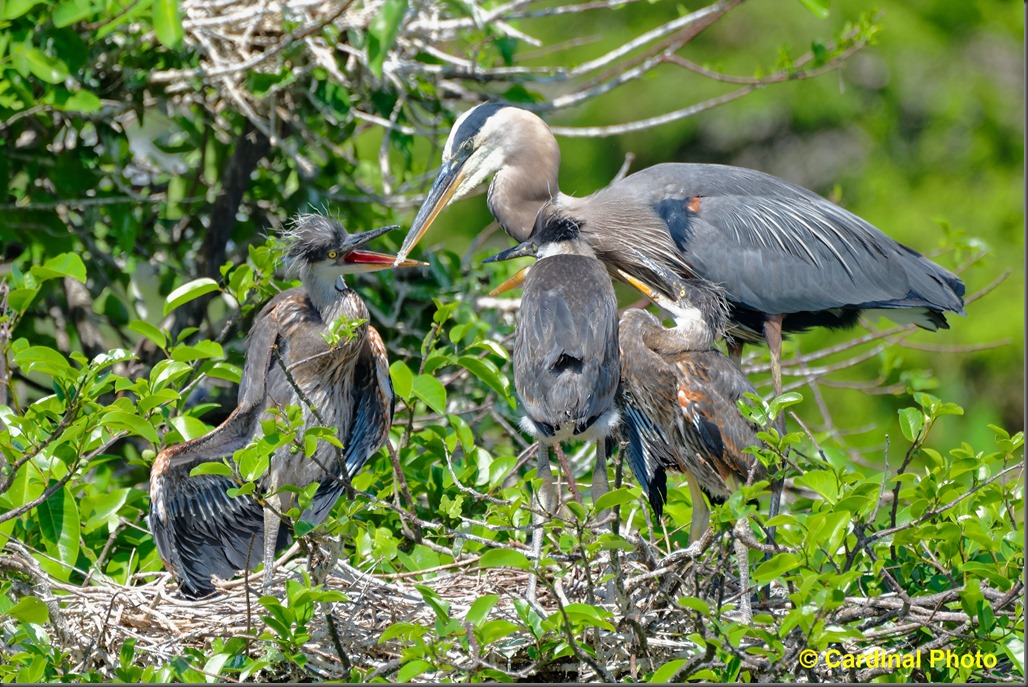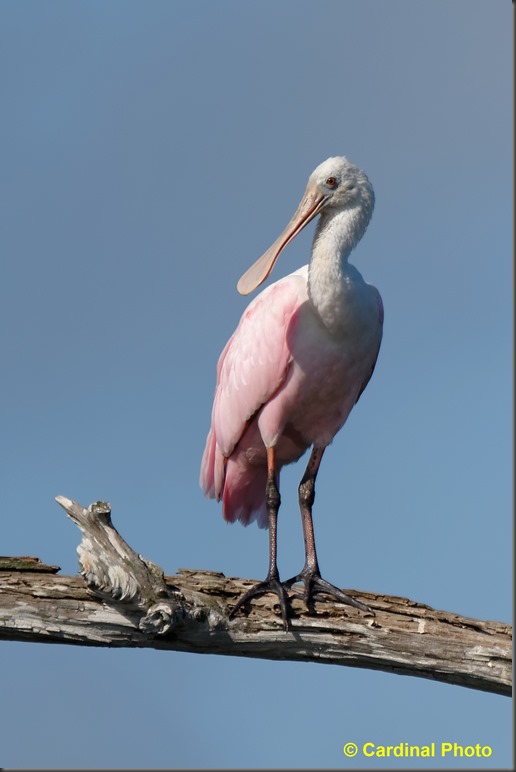- Photo Safaris
- Alaska Bears & Puffins World's best Alaskan Coastal Brown Bear photo experience. Small group size, idyllic location, deluxe lodging, and Puffins!
- Participant Guestbook & Testimonials Candid Feedback from our participants over the years from our photo safaris, tours and workshops. We don't think there is any better way to evaluate a possible trip or workshop than to find out what others thought.
- Custom Photo Tours, Safaris and Personal Instruction Over the years we've found that many of our clients & friends want to participate in one of our trips but the dates we've scheduled just don't work for them or they'd like a customized trip for their family or friends.
- Myanmar (Burma) Photo Tour Myanmar (Burma) Photo Tour December 2017 -- with Angkor Wat option
- Reviews Go hands-on
- Camera Reviews Hands-on with our favorite cameras
- Lens reviews Lenses tested
- Photo Accessories Reviews Reviews of useful Photo and Camera Accessories of interest to our readers
- Useful Tools & Gadgets Handy tools and gadgets we've found useful or essential in our work and want to share with you.
- What's In My Camera Bag The gear David Cardinal shoots with in the field and recommends, including bags and tools, and why
- Articles About photography
- Getting Started Some photography basics
- Travel photography lesson 1: Learning your camera Top skills you should learn before heading off on a trip
- Choosing a Colorspace Picking the right colorspace is essential for a proper workflow. We walk you through your options.
- Understanding Dynamic Range Understanding Dynamic Range
- Landscape Photography Tips from Yosemite Landscape Photography, It's All About Contrast
- Introduction to Shooting Raw Introduction to Raw Files and Raw Conversion by Dave Ryan
- Using Curves by Mike Russell Using Curves
- Copyright Registration Made Easy Copyright Registration Made Easy
- Guide to Image Resizing A Photographers' Guide to Image Resizing
- CCD Cleaning by Moose Peterson CCD Cleaning by Moose Peterson
- Profiling Your Printer Profiling Your Printer
- White Balance by Moose Peterson White Balance -- Are You RGB Savvy by Moose Peterson
- Photo Tips and Techniques Quick tips and pro tricks and techniques to rapidly improve your photography
- News Photo industry and related news and reviews from around the Internet, including from dpreview and CNET
- Getting Started Some photography basics
- Resources On the web
- My Camera Bag--What I Shoot With and Why The photo gear, travel equipment, clothing, bags and accessories that I shoot with and use and why.
- Datacolor Experts Blog Color gurus, including our own David Cardinal
- Amazon Affiliate Purchases made through this link help support our site and cost you absolutely nothing. Give it a try!
- Forums User to user
- Think Tank Photo Bags Intelligently designed photo bags that I love & rely on!
- Rent Lenses & Cameras Borrowlenses does a great job of providing timely services at a great price.
- Travel Insurance With the high cost of trips and possibility of medical issues abroad trip insurance is a must for peace of mind for overseas trips in particular.
- Moose Peterson's Site There isn't much that Moose doesn't know about nature and wildlife photography. You can't learn from anyone better.
- Journeys Unforgettable Africa Journeys Unforgettable -- Awesome African safari organizers. Let them know we sent you!
- Agoda International discounted hotel booking through Agoda
- Cardinal Photo Products on Zazzle A fun selection of great gift products made from a few of our favorite images.
- David Tobie's Gallery Innovative & creative art from the guy who knows more about color than nearly anyone else
- Galleries Our favorite images
Pro tip: When and why to use a tripod
Pro tip: When and why to use a tripod
Submitted by David Cardinal on Tue, 03/31/2015 - 08:45
 Photographers have all sorts of opinions about tripods. Some won’t use them, some won’t shoot without them, and most of us use one sometimes. Especially with image stabilization and high-ISO options on modern digital cameras, tripods are not as essential, nor do they need to be as heavy, as they used to be. But they still provide value in many cases – some obvious and some not so obvious. It is worth going over the advantages of using a tripod so you can make an informed decision for yourself:
Photographers have all sorts of opinions about tripods. Some won’t use them, some won’t shoot without them, and most of us use one sometimes. Especially with image stabilization and high-ISO options on modern digital cameras, tripods are not as essential, nor do they need to be as heavy, as they used to be. But they still provide value in many cases – some obvious and some not so obvious. It is worth going over the advantages of using a tripod so you can make an informed decision for yourself:
Tripods make you more patient
This is one I’ve written about before, but it was driven home to me again during a recent outing to Corkscrew Swamp Sanctuary in Florida. The last time I was there, with my friend Moose Peterson, we all used long lenses and large tripods. We patiently worked our way around the boardwalk circuit and had no problem waiting to get just the right pose from the variety of unusual species we saw.
 Rookeries are an especially good place for a tripod,
Rookeries are an especially good place for a tripod,
as you can lock in on a nest and then wait for behaviors,
like nest exchanges or feeding.
Great Blue Herons nesting, Southern Florida.
A big reason for that is once a properly-sized tripod and lens are set up, all you need to do is stand there, perhaps with one hand resting on your camera near the shutter button. As long as you (or someone you’re with) keeps an eye on the subject, you’re ready to shoot in a second or two, and in the meantime can relax. This of course assumes that your tripod is tall enough so that you don’t have to scrunch over to use it, and that your head and plate combination support your long lens in a balanced fashion. If you are using a tripod and head that are too small or too cheap, you won’t get this benefit.
By contrast, I was traveling lighter this time, so I was hand-holding my Nikon D810 and Nikon 80-400mm AF-S VR Lens. There was plenty of light, so there was no compromise needed on image quality because I didn’t have a tripod. But I found it much harder to wait patiently for things to happen. Either I had to keep the camera held up near my eye for long periods – which is very tiring and stressful – or let it fall back down onto its shoulder strap – which meant I was nowhere near ready when action happened. The result was I got some good shots, but less “great” ones than I would have if I had been more patient.
NOTE: When you are hand-holding on a boardwalk, consider leaning your left elbow on the railing with the lens supported in the palm of your hand. If the railing is at a convenient height this makes for a reasonable monopod substitute.
NOTE: When you do use a tripod on a boardwalk, remember that the legs are directly connected to the vibration of the platform. If enough other people are walking near you, the tripod might actually make camera motion worse – so pay attention to your image stabilization settings.
Tripods help you see differently
By holding your camera in place, tripods let you “scout” a bit and then return to your viewfinder to see if you still like the composition you have. While you can do this on your own by simply moving around and remembering what your previous composition looked like, it is frequently hard to move back to exactly the same location. Even the act of setting up your tripod and positioning the camera makes you think in a different way than simply pointing and shooting.

A good lens collar and tripod support system makes it easier to reframe vertically,
which works well in the case of this perched African Spoonbill in Southern Florida.
Tripods can make it easier to follow action
While in many cases hand holding is the best way to stay with a fast moving subject, if you’re following objects like race cars or migrating birds that are moving in a predictable path it can be easier – especially if you want to capture smooth panning blurs – to use a tripod. It is also a lot less work, so you may be able to keep at it for much longer.
NOTE: When shooting panning blurs, if your Image Stabilizer has a panning setting, make sure to use it.
My tripods of choice
 Like most pro photographers I know, I am a huge fan of Gitzo tripods. I have wound up with a collection of them in various sizes over the years, but for serious work my goto model is the Gitzo Series 3. I have a larger model for very heavy lenses, but the Series 3 models are more than stable enough to support my Nikon 200-400mm f/4 lens quite nicely. They do the same with a 500mm f/4 lens. You can skimp a bit and get a smaller Gitzo Series 2 with center column, but you lose a little bit of stability. There are plenty of Gitzo knock-offs, some of which are also quite good. Benro, for example, makes decent carbon fiber legs for about 2/3 the price of a Gitzo.
Like most pro photographers I know, I am a huge fan of Gitzo tripods. I have wound up with a collection of them in various sizes over the years, but for serious work my goto model is the Gitzo Series 3. I have a larger model for very heavy lenses, but the Series 3 models are more than stable enough to support my Nikon 200-400mm f/4 lens quite nicely. They do the same with a 500mm f/4 lens. You can skimp a bit and get a smaller Gitzo Series 2 with center column, but you lose a little bit of stability. There are plenty of Gitzo knock-offs, some of which are also quite good. Benro, for example, makes decent carbon fiber legs for about 2/3 the price of a Gitzo.
For tripod heads, I use either a Really Right Stuff ballhead, or my Acratech Long Lens head most of the time. When I don’t mind carrying the extra weight I use a full-sized Wimberly model, but that’s a lot to lug around.

